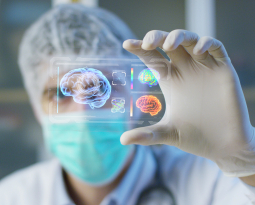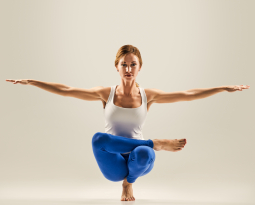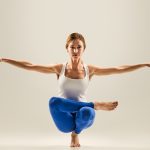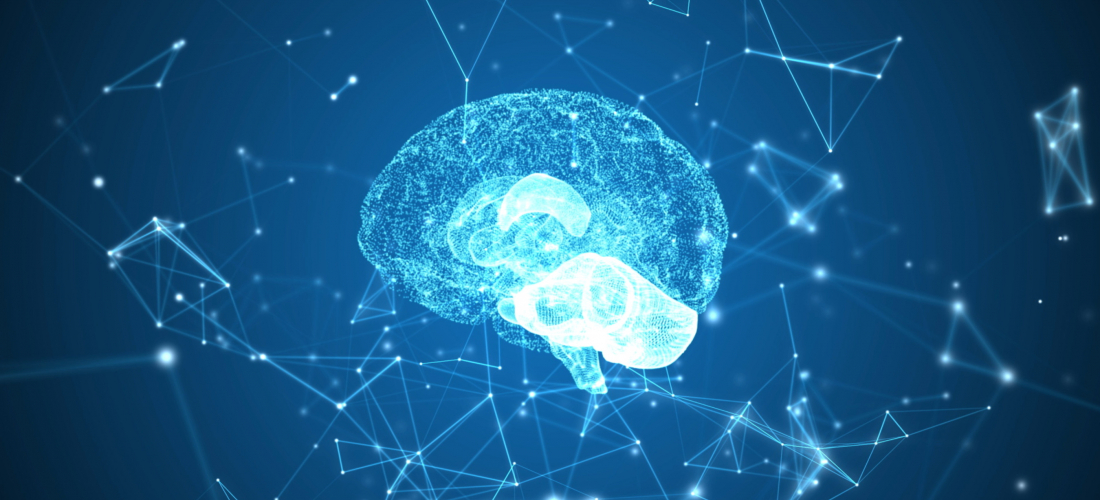
How to Create Neuroplastic Changes of the Posture System
What is Neuroplasticity?
Neuroplasticity refers to the brain’s ability to restructure itself after training or practice. Our brains are dynamic; they can reorganize by forming new neural connections throughout our lives. Neuroplasticity allows the neurons in the brain to compensate for injury and disease and to adjust their activities in response to new situations or to changes in their environment.
Personal growth and development from a mental and physical perspective are achieved with neuroplasticity. “Neurons that fire together wire together,” meaning that when neurons activate at the same time as a response to an event, the neurons become associated with one another and the connections for the leaned skill become stronger.
Neurons that fire together wire together.
Neuroplasticity is brain resiliency. Not only does neuroplasticity allow you to learn how to play musical instruments or master a second language, neuroplasticity also enables people to recover from injuries, pathologic disease, and dysfunction.
Cortical neuroplasticity is an intrinsic neurophysiological feature that occurs dynamically throughout the life cycle as we develop and grow. From a clinical perspective, cortical neuroplastic changes are associated with altered motor function or behavior.
Your brain craves complexity. To make neuroplastic changes of the Posture System, focus on novel motor-skill acquisition that is complex and multi-planar in nature. These neuroplastic changes result in better postural stability and fine voluntary motor output.
Conversely, in situations of chronic pain, patients commonly experience unfavorable neuroplastic changes such as a decrease in motor performance. Since altered motor performance may be a factor for the maintenance of pain, motor rehabilitation approaches aimed at re-establishing normal motor strategies are a fundamental aspect of treatment for musculoskeletal conditions.
Neuroplasticity and Posture
With Postural Neurology your patients can achieve neuroplastic changes of the Posture System. The control of posture and upright balance requires complex multisensory integration and sensorimotor coordination. Neuroplasticity of sensory and motor functions are achieved through brain based posture rehabilitation (Murphya, & Haavik, 2014).
For best results, consider the utilization of active and passive treatment modalities. Research demonstrates that each are important for stimulating the neurology and making positive, long-term changes.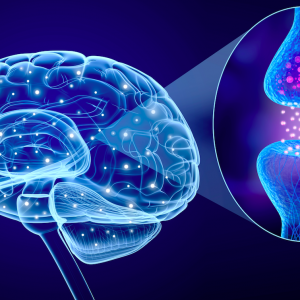
According to Boudreau et al (2010) novel motor-skill training is more efficient and effective for improvements in task performance and increased representation of the trained muscle within the cortical map than repetitions of general exercise that are uni-planar.
Cortical neuroplastic changes in relation to motor skill training occur rapidly and continually develop with extended training. Evidence suggests that neuroplastic changes occur over very short training intervals. In fact, improvements in motor performance and rapid changes in cortical excitability have been noted following just 15 minutes of novel rehabilitation training. Increased cortical excitability has also been demonstrated following 2 to 4 weeks of novel motor training (Boudreau et al, 2010).
Traditional strength training exercises do not achieve the same neuroplastic effect to the Posture System as skilled training does. The ability to target a specific component of movement requires greater skill and an increased level of attention and precision than contraction of large muscle groups when doing strength-training exercises (Boudreau et al, 2010).
How Does this Relate to Your Patients?
Patients with low back pain who performed targeted training of their transversus abdominis showed improvements of motor output and cortical mapping, whereas patients who performed the gross motor task of walking did not (Tsao et al., 2008). These findings were consistent with neck pain patients who showed improvements in the amplitude and speed of activation of the deep cervical flexor musculature with isolated training of these muscles and not strengthening exercises (Jull et al., 2009).
This means that targeted motor skill development is more beneficial for positive changes of the Posture System. Cortical neuroplastic changes are dependent upon specific functional training that ultimately leads to improvements in motor behavior and performance.
Brain Based Postural Correction
Brain based postural correction programs are the answer to creating neuroplastic changes to the Posture System. Merzenich (2013) is a leading researcher in neuroplasticity. His recommendations of neuroplasticity provide posture practitioners with important insight of how to set up brain based postural correction treatment plans.
- Neuroplastic Changes are Limited to Mood: If your patients are alert, engaged, and motivated while performing postural rehabilitation exercises, the brain releases the neurochemicals necessary to enable brain change. When disengaged, inattentive, distracted, or doing something without thinking that requires no real effort, your neuroplasticity switches are “off.” Meaning that high repetition, uni-planar exercises that don’t require conscious attention are not creating neuroplasticity, whereas focused, complex movements are.
- The More Alert the Patient Is, the Bigger the Brain Change: When your patients are intensely focused on the motor skill development in their brain based postural correction programs and are really trying to master their skills, the change experienced will be greater. When the brain pays attention to rehabilitation the pay off of performing posture exercises is much greater.
- Initial Changes are Temporary: Recognize that your brain first records the change, then determines whether it should make the change permanent or not. Meaning, that performing an engaging brain activity one time will not stimulate long-term neuroplastic changes of the Posture System. Changes only become permanent when the brain judges the experience to be fascinating or novel enough or if the behavioral outcome is important to survival. One-time, traditional strength training exercises won’t cut it!
Help your patients achieve positive neuroplastic changes to their Posture System that support proper postural stabilization and precise motor output with Postural Neurology. Brain based posture rehabilitation is the necessary evolution for treatment of the modern day patient.
References:
Boudreau, S. A., Farina, D., & Falla, D. (2010). The role of motor learning and neuroplasticity in designing rehabilitation approaches for musculoskeletal pain disorders. Manual therapy, 15(5), 410-414.
Fung, J. (2013). Advanced Technologies in Neurorehabilitation to Enhance Sensorimotor Integration in the Control of Posture and Balance. 51 p. 98.
Jull GA, Falla D, Vicenzino B, Hodges PW. (2009) The effect of therapeutic exercise on activation of the deep cervical flexor muscles in people with chronic neck pain. Manual Therapy, 14(6) p. 696-701.
Merzenich, M. (2013) Soft-Wired: How the New Science of Brain Plasticity Can Change Your Life. Parnassus Publishing; 2 edition.
Murphya, B., & Haavik, H. (2014). The role of spinal manipulation in modulating neuroplasticity and sensorimotor integration. In Replace, Repair, Restore, Relieve–Bridging Clinical and Engineering Solutions in Neurorehabilitation (pp. 113-115). Springer International Publishing.
Tsao H, Galea MP, Hodges PW. (2008) Reorganization of the motor cortex is associated with postural control deficits in recurrent low back pain. Brain, 131(8) p. 2161-71.


